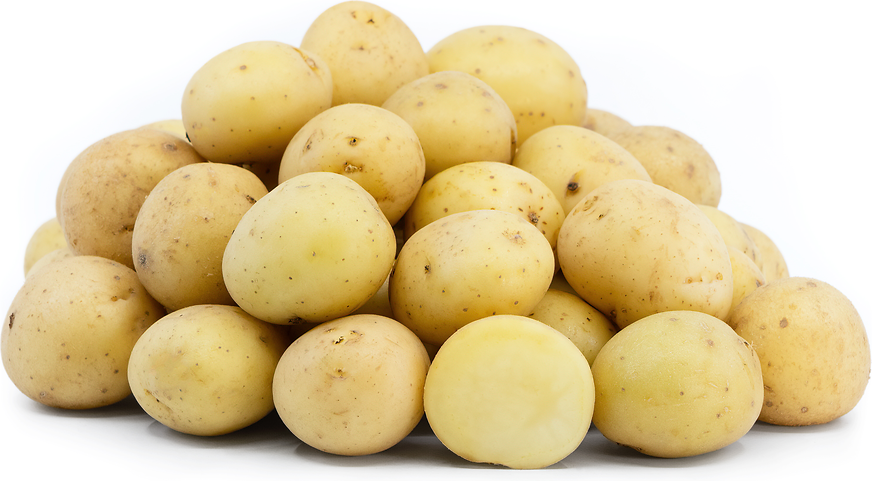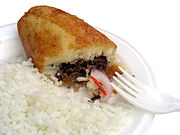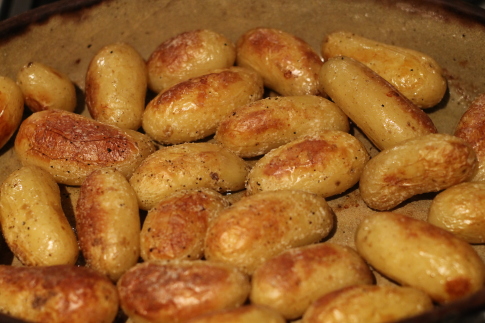Description
A LA CARTE
🚚 The Fastest Delivery Time : 2-day delivery.
🐝 Supplier / Place Of Origin:A LA CARTE / France
🔖 Certification: Organic European
🌱 About the Producer:
We select our suppliers for the love they put in their products,
seeking the best quality while respecting traditional production methods.
Most of them are family owned, of human size. We value the direct collaboration with them.
By buying directly at the source, we are proud to contribute to the local economy,
while ensuring that, ultimately, our clients get the most tasty and fresh products at the best prices.
All our farmers follow specific certifications minimizing the use of chemicals. From sustainable agriculture ‘’Agriculture Raisonnee’’ (AR) to Organic certified ‘’Agriculture Biologique’’ (AB), these guarantees that the fruits delivered to you a safe and healthy. On top of the tests done by our farmers, we also perform our own chemical test upon each arrival of the fruits.
🌱 Supplier Products:
🛍 Product Information (Main) (English):
Potato production in France
Many potato varieties are grown in France. About 200 varieties are listed in the official catalog of plant species and varieties grown in France (there are thousands worldwide), but other varieties belonging to the Community catalog are also grown, as well as some traditional varieties.
In 2009, the main varieties used for the production of certified seedlings were as follows: Spunta, Bintje, Charlotte, Agata, Kaptah Vandel, Monalisa, Amyla, Atlas, Kardal, Caesar, Amandine and Safrane.
Among the traditional varieties, some have regained popularity in recent years, such as ‘Ratte’, ‘Bonnotte de Noirmoutier’ and ‘Vitelotte’. Since the decree of June 18, 2012, six old varieties: "Bleue d'Auvergne", "Bonnotte de Noirmoutier", "Early Rose", "Fleur de pêcher", "Rouge de Flandre" and "Vitelotte noire" have been "Catarina", created in 1966, is listed in the official catalog as a "protected variety".
--
Grenaille potatoes, originating from France, are small, young potatoes known for their tender texture and rich, buttery flavor. Traditionally, these potatoes were celebrated in French cuisine for their ability to complement a wide variety of dishes.
These bite-sized potatoes have a thin skin, which means they can be cooked and enjoyed without peeling. Their creamy flesh and slightly nutty taste make them ideal for roasting, boiling, or sautéing. They are perfect for simple, flavorful preparations that highlight their natural taste.
Pair Grenaille potatoes with roasted meats or fish, or serve them as a side dish with fresh herbs and garlic. Store them in a cool, dark place to maintain their freshness.
🥗 Product Category (English):
How to cook potato grenaille?
Culinary
In the UK, potatoes are part of the traditional dish of fish and chips. Roast potatoes are often part of the Sunday roast dinner, and mash is a main component of several other traditional dishes, such as shepherd's pie, bubble and squeak, and sausage and mash. New potatoes can be cooked with mint and are often served with butter.
In Germany, Northern Europe (Finland, Latvia, especially the Scandinavian countries), Eastern Europe (Russia, Belarus and Ukraine) and Poland, newly harvested early-ripening varieties are considered a special delicacy. These "new potatoes" are cooked whole and served with unpeeled dill, traditionally served with Baltic herring. Pudding made from grated potatoes (kugel, kugelis and potato babka) is a popular food in Ashkenazi, Lithuanian and Belarusian cuisine. [Cepelinai, the national dish of Lithuania, are dumplings made of cooked, grated potatoes, usually stuffed with minced meat.
In the Friuli region of Italy, potatoes are used to make a type of pasta called gnocchi. Potatoes are used in northern China, where rice is not easy to grow, and a popular dish is green pepper potato shreds (qīng jiāo tǔ dòu sī), made from green peppers, vinegar and potato flakes.
In winter, roadside vendors in northern China sell baked potatoes.
Roasted Pommes de Terre Grenailles

Fingerling or new potatoes can be roasted in exactly the same way.
Roasted Pommes de Terre Grenailles
Ingredients
- Count 7 ounces (200 g) potatoes per person, washed, left unpeeled
- Olive oil
- Sea salt
- Freshly ground black pepper
Instructions
Preheat the oven to 375°F/200°C. Wash the potatoes thoroughly.
Put the potatoes in a pot, cover with cold water and add a teaspoon of salt. Place the pot on the stove over a high flame and bring to a boil. As soon as the water begins to boil, reduce the heat and simmer until the potatoes are just tender, 10 to 15 minutes.
Strain the potatoes and immediately spread them out, in a single layer, in a roasting pan: this will allow the moisture to evaporate and the skin to dry. After 3 to 4 minutes, generously dribble olive oil over the still warm potatoes, then sprinkle with salt and freshly ground pepper. Shake the pan to make sure all the potatoes are evenly coated with oil and seasoning.
Place the pan in the oven and roast the potatoes 15 – 20 minutes, taking them out and tossing them halfway through the cooking time. Remove from the oven and serve hot.
Toxicity
Some toxic
solanine-rich parts of
S. tuberosum
Raw potatoes contain toxic glycoalkaloids, of which the most prevalent are solanine and chaconine. Solanine is found in other plants in the same family, Solanaceae, which includes such plants as deadly nightshade (Atropa belladonna), henbane (Hyoscyamus niger) and tobacco (Nicotiana spp.), as well as food plants like tomato. These compounds, which protect the potato plant from its predators, are especially concentrated in the aerial parts of the plant. The tubers are low in these toxins, unless they are exposed to light, which makes them go green.
Exposure to light, physical damage, and age increase glycoalkaloid content within the tuber.[108] Different potato varieties contain different levels of glycoalkaloids. The 'Lenape' variety, released in 1967, was withdrawn in 1970 as it contained high levels of glycoalkaloids. Since then, breeders of new varieties test for this, sometimes discarding an otherwise promising cultivar. Breeders try to keep glycoalkaloid levels below 200 mg/kg (0.0032 oz/lb). However, when these commercial varieties turn green, their solanine concentrations can go well above this limit, with higher levels in the potato's skin.
In addition, you can refer to this article for sprouted potato is edible or not:
Google Recipe 🔍 :

English CookPad 🍳 :

BBC Good Food 🥙 :


























